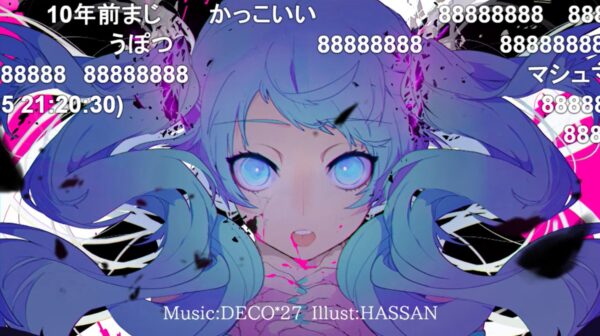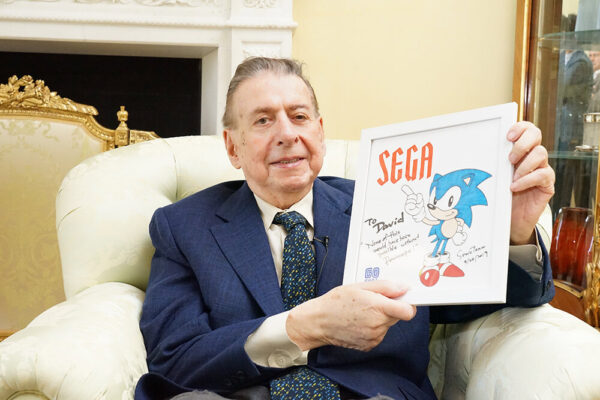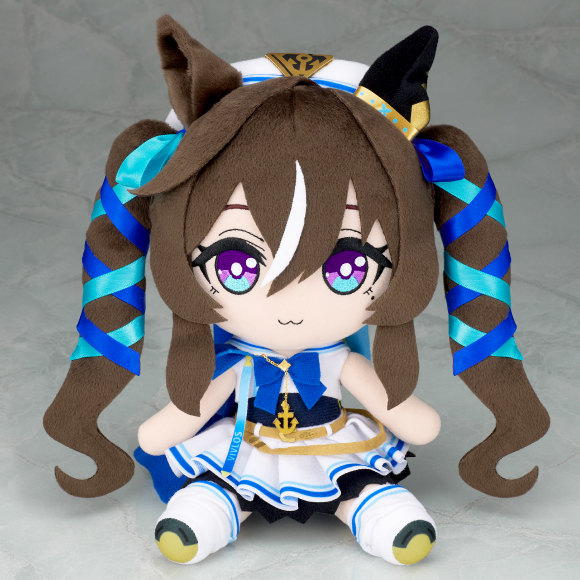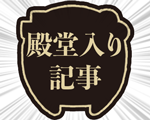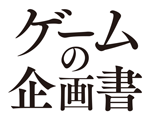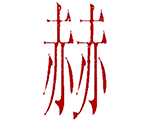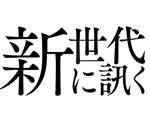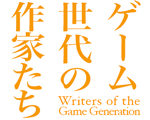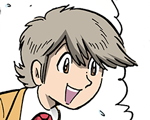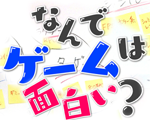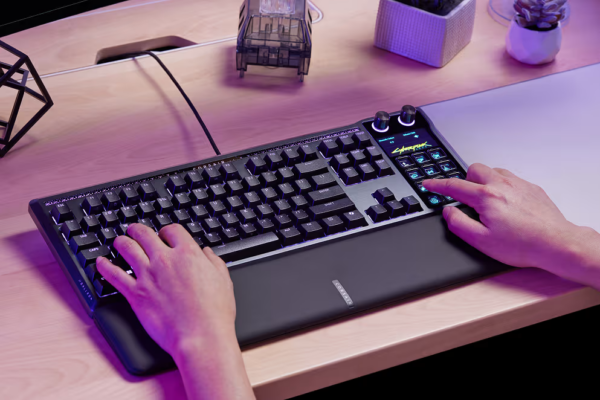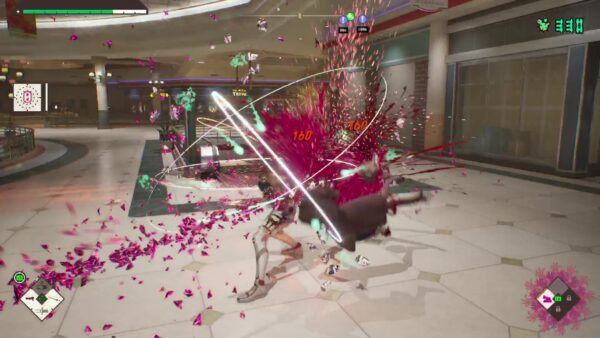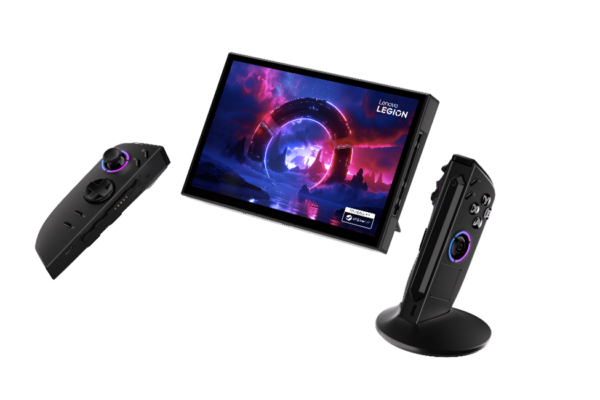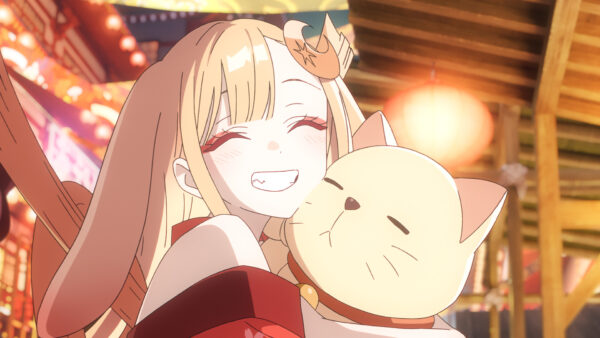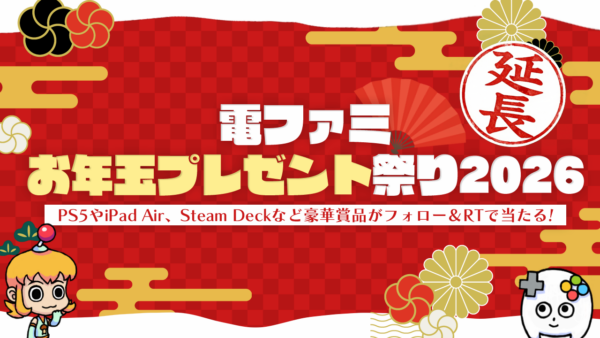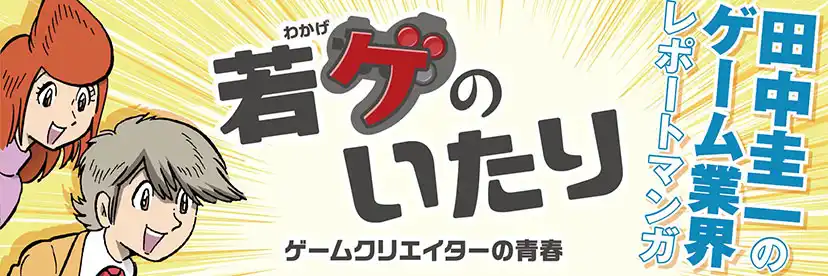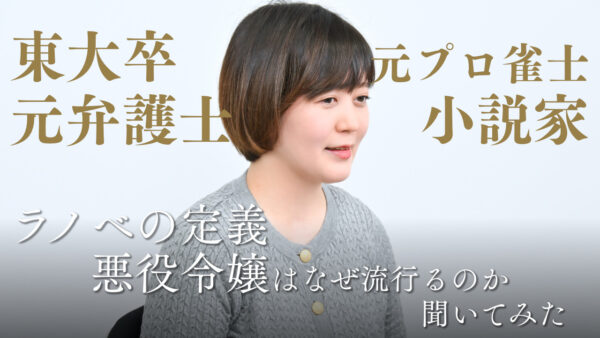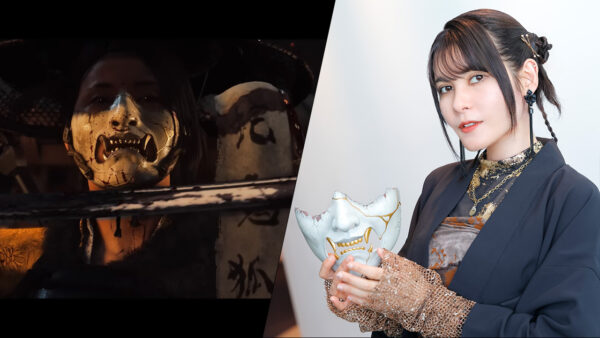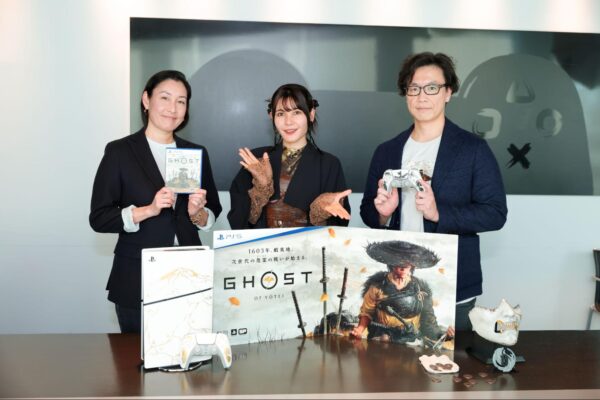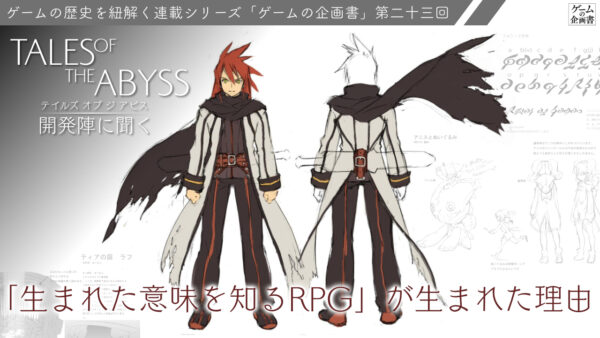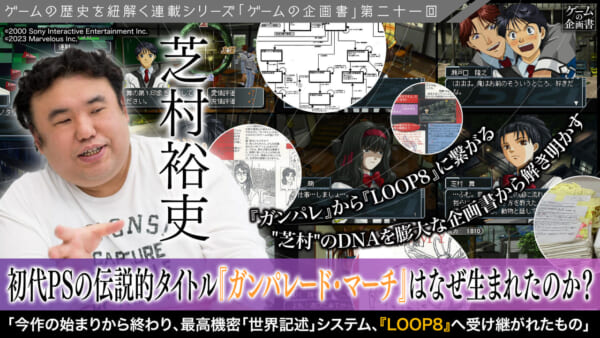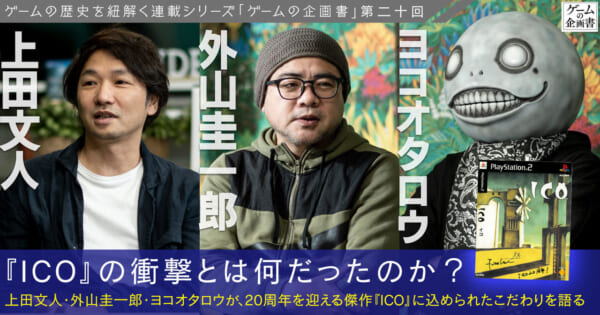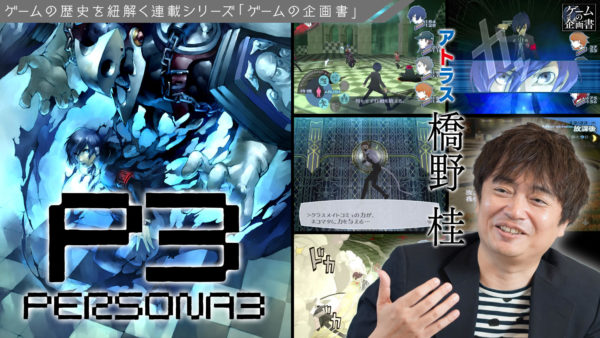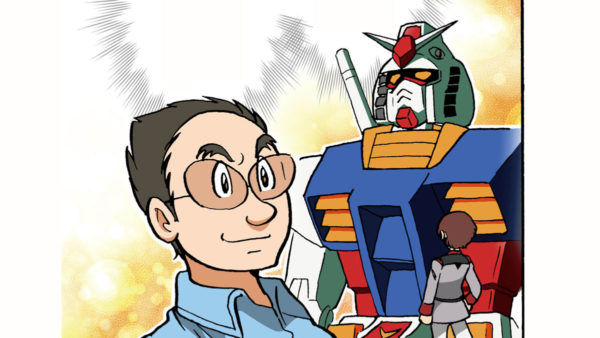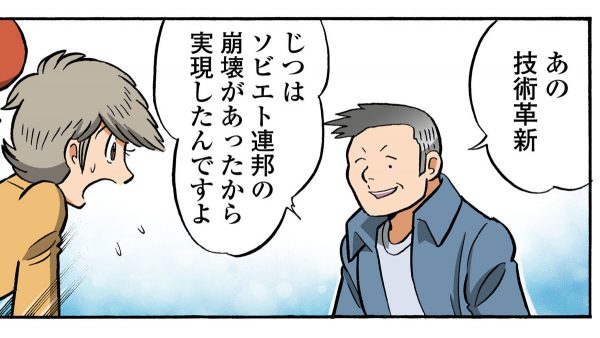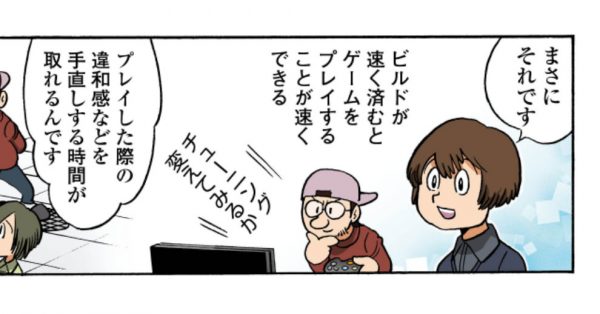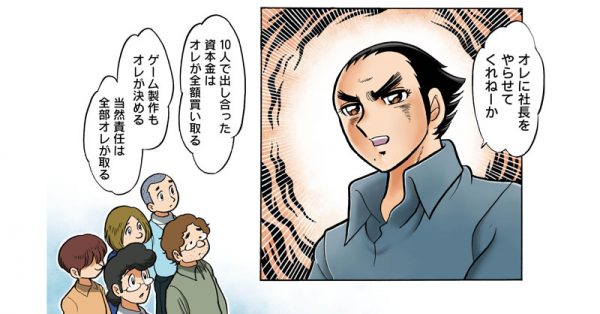The History of Zelda Fighting Against the Capacity Enlargement
――But, there is something I want to ask. This time, we played every Zelda game, starting from all the 2D games with Mr. Fujisawa. I realized again that Zelda is a closed space game. The Zelda in 2D, it was like, the player unlocks the door and completes the mission and moves on to the next room, and then unlocks the door…it was a repetition of that process, right?
Aonuma:
Yes, you are correct.
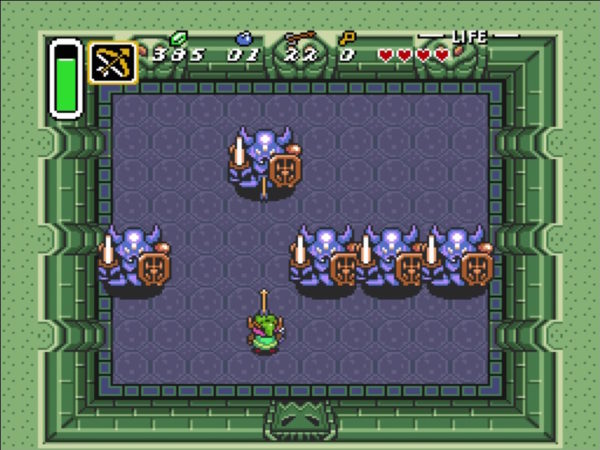
(Image: clips from official website for the Virtual Console version)
――Then, the storage gets bigger in the 3D world and as the world gets bigger, more stories are needed. In that situation, I feel like you were struggling to keep the fun of solving the puzzle in the closed box of the 2D world Zelda games. Considering that, I think it was a big decision to make this version Open World.
Aonuma:
Well, I guess you could say that. First of all, I must ask you whether you ever doubted the essence of LOZ was to solve the puzzle from the beginning.
The initial LOZ or “Zelda II: The Adventure of Link (AOL)” have lots of action and “The Legend of Zelda: A Link to the Past (LOZLttp)” had puzzles both inside of the dungeon and out. Did you feel that they were the things that made it more like Zelda?
Fujisawa:
To be honest with you, all I remember is that there were puzzles in the game. That’s all.
――After hearing what you said, I think the action RPG element, fighting against the enemy actually stands out more.
Aonuma:
So if we think about when it was that solving puzzles became the key element of the game. It is probably from “The Legend of Zelda: Ocarina of Time (LOZOOT)”.
The reason is because I was in charge of designing every dungeon in “The Legend of Zelda: Ocarina of Time (LOZOOT)”. At that time, I thought I wanted to make puzzles in the game. It was not like Mr. Miyamoto asked me to make it or it was decided that LOZ was a game with puzzles and battles.
![Talk: Latest Zelda’s making process & “Ocarina of Time” proposal disclosed[Nintendo Eiji Aonuma x SQEX Jin Fujisawa]_016](https://news.denfaminicogamer.jp/wp-content/uploads/2017/03/ISM_9474-1024x658.jpg) |
――So what you are saying is, the puzzles in LOZ were just pure coincidence as Mr. Aonuma did what he wanted to do at the time when making 3D LOZ, right?
Aonuma:
Yes, if you look into the order of things. I was told to “think about dungeons,” but was never told “to think about puzzles.” So what was the reason that we did? It was done because I love surprising people and I also like puzzles. So I thought, ‘It would be fun if the dungeons were full of puzzles.
But that’s not all. It’s something that I wanted to talk about next. For sure, the LOZ dungeon was getting bigger from “The Legend of Zelda: Twilight Princess (LOZTP)” period. Honestly, it was way too big and some said, “What! Can you call it a dungeon?” (laughs).
Fujisawa:
I see. (laughs)
Aonuma:
Then, I realized that the staff members [making] dungeons wanted to make puzzles in sporty and wide spaces.
When we were making “The Legend of Zelda: Ocarina of Time (LOZOOT)”, we started with the number of rooms inside of the dungeon but the size and the width of the room were decided up to the limits of the hardware and the standard set by the designer. I think it was the result of our negligence on that matter; thus, the enormity of dungeon happened as we got used to making a 3D game.
The first answer to the wider world――placing shrines all over the place
――You have chosen to create a vast world, expanding your scope. You must have had a lot more to consider.
Aonuma:
If I might add, for us, the act of solving puzzles is to give the players a sense of accomplishment. When the player clears a puzzle, he can feel the sense of accomplishment and he repeats it for that good feeling.
For the structure of the whole world, we used to have it with just few puzzle elements and the player could move around in the fields and in the dungeons where many puzzles are placed. However, in this product, simple puzzles are scattered [across] the field. So we thought that even when the player was running on the plains, he would stop and try to solve a puzzle if he finds a suspicious looking place or an object that looks like it’s linked to a puzzle. So we placed more than 100 “shrines” in the field and hid simple puzzles in the shrines.
Fujisawa:
So the size of each dungeon got smaller, but there are more dungeons.
Aonuma:
Yes. I thought that would make more sense for an expedition in a vast world like this.
![Talk: Latest Zelda’s making process & “Ocarina of Time” proposal disclosed[Nintendo Eiji Aonuma x SQEX Jin Fujisawa]_017](https://news.denfaminicogamer.jp/wp-content/uploads/2017/03/game_06-1024x576.jpg) |
Let’s say the only place you get to go after fighting off a never-dying enemy in the Open World is fifteen rooms that you don’t know anything about. That way, the feeling of achievement would be low. When we are making the game, the staff members were even saying, “It’s not bad to have a treasure chest when you find a shrine, right? Why not?”
――Further, if the player gets to spend too much time in a huge dungeon, the feeling of exploring the Open World would get weaker, too.
Aonuma:
I agree. We thought if the vision of exploring the Open World gets mixed with the vision of looking into the dungeon, it would be inevitable to lose the balance in the game.
So, in this game, once the player goes into the shrine, there are one or two simple puzzles to solve. When the puzzle is solved, the player can obtain an item. And then he can move on with his journey in the Open World. By letting the player experience the feeling of achievement whenever he solves the puzzle, the player can move on to the next expedition with satisfaction. That is the “joy of finding” process in this game that we want to share with others.
Second Answer to the Open World ――Reconsider the Meaning of Items
Fujisawa:
In that sense, what was interesting about the game is that it adopted many elements of survival.
![Talk: Latest Zelda’s making process & “Ocarina of Time” proposal disclosed[Nintendo Eiji Aonuma x SQEX Jin Fujisawa]_018](https://news.denfaminicogamer.jp/wp-content/uploads/2017/03/game_05-1024x576.jpg)
For example, there are elements of “the weapons are destroyed” or “the character has to eat.” These elements could look like they are going against the modern trend, which is going for a casual design for the game. What was your opinion on that matter?
Aonuma:
Well, I guess that it is a cycle that allows the player to keep playing in such a big world without getting bored.
The reason for the “taking away weapons from the enemy and the weapons gets demolished…” part is repeated is to use it for the cycle. Also, the player has the goal of fighting off the enemies on the plain, instead of just avoiding them.
――I guess so. If the player can use the acquired weapons forever, the act of fighting off the Goblins to take away their weapons would not be necessary in the game.
Aonuma:
Further, the player can add to the skills and the know-how as he fights off the enemies. Now, he knows what he wants to do as he organizes things in his head. Once he knows what he wants, he can focus on the game even more. We thought that making this cycle was the key element for the game with vast world.
――I see. As it makes the player go through a cycle with a small purpose, the player is led to the big cycle for his actions.
Aonuma:
However, these cycles were made based on our regrets that they weren’t expressed well in the previous LOZ. For example, do you think it has any meanings if you are told “to fight off the enemy and acquire rupees[*]” from the beginning?
*Rupee
Currency and a monetary unit in “LOZ.” It is different from the currency in India.
――So the player is happy when he acquires rupees; and your goal is to make him keep wanting it more, by fighting off the enemies?
Fujisawa:
Eventually, the rupees are useless. Even in dungeons, the player can use the arrows that are hidden inside the dungeons.
Aonuma:
Yes. We feel bad if the player has to leave the dungeon in the middle of the game, because he did not buy any arrows on the way, so we had to place some in the dungeon. As a result, the player who did not buy arrows didn’t have to buy them in the game. In other words, we were unintentionally destroying the cycle of “acquiring rupees by fighting off the enemies with weapons and buying a weapon with the rupees to fight off the enemies” because we were obsessed with convenience for the player.
――I see.
Aonuma:
In this product, we corrected that kind of fundamental problem. So, we made it clear why the player had to obtain rupees in this game. Also, No restrictions are put in place at the beginning.
Fujisawa:
Are you saying that anything can be done, even at the very beginning of the game?
Aonuma:
Yes. Because all the items come up out of the blue in the early “shrines”. (laughs)
――Especially in the LOZ after “The Legend of Zelda: Ocarina of Time (LOZOOT)”, the player has this feeling of [getting] out of the tutorial to the open space. But in this game, the player gets to see the big world with a title (voila!) when the player gets out of the cave at the beginning. That image at the beginning had such a strong impact on me as a creator.
Aonuma:
I wanted this game to invite players to use their creativity to find something. Until now, we had players acquire items one by one, and the best weapon with Excellent offensive power, such as “Hook Shot” was placed at the end. Then we thought that if we really want the players to freely roam around in the game, we should not distribute items sporadically. Now, we opened the doors to all possibilities from the beginning and let the players decide what they want to do with the items. This type of approach was adopted from “The Legend of Zelda: A Link Between Worlds (LOZALBW),” released on Nintendo 3DS.
――I guess we could say that it is a shifting viewpoint….I guess we could say you were bold in making that decision. However, there are some people who say that it gives bigger sense of achievement when the player starts with weak weapons and gradually acquires better baits, I mean, stronger weapons.
Aonuma:
However, people in the field, like Mr. Miyamoto, have been complaining, “How come you don’t let the players have better weapons like Hook Shot earlier on?”(laughs). When he said that, we cut them off, responding “What do you mean? Because that’s the way it should be!”
But then, we realized that Mr. Miyamoto was right if we wanted to give the players true freedom. So we decided that we should just give out all the items from the beginning. When you look at the recovery methods, there is a big difference in recovery or good effects up to the cooking recipes. As soon as the player figures it out, then he wants it really badly.
In that aspect, we eliminated all the extra parts that could raise a question such as “A bottle? What is it for?”
Fujisawa:
No, no. You’ve used it enough times(laughs). You even had Deku Princess!
Aonuma:
Well, they were good items for us. But this time, we were like, “Why not stop putting things in the empty bottle? Because it would be hard for the players to understand the game, if he cannot get an item without the bottle.
![Talk: Latest Zelda’s making process & “Ocarina of Time” proposal disclosed[Nintendo Eiji Aonuma x SQEX Jin Fujisawa]_019](https://news.denfaminicogamer.jp/wp-content/uploads/2017/03/ISM_9382-399x600.jpg) |
“Everybody wants the bottle. But the bottles are well-hidden and won’t appear until the second half of the game.” I felt like it was offensive to make a game like that. If the player can get the bottle if he puts in additional effort, then it’s good. But if all the players can get the bottle at the same time, there is nothing to be happy about, right?
――That’s a bold idea. I must say, this LOZ series is outstanding. (laughs). It’s as if you’ve hit rock bottom and built your way up.
Fujisawa:
If I may add as a player, it is thrilling to acquire a bottle no matter what. (laughs)
Aonuma:
But if you have to “find a bottle,” then it is a separate thing from acquiring it. We thought it was a little bit off-balance, so after several meetings, we decided that it was unnecessary.
Fujisawa:
Yes, there is a concept of inventory in this game.
![Talk: Latest Zelda’s making process & “Ocarina of Time” proposal disclosed[Nintendo Eiji Aonuma x SQEX Jin Fujisawa]_020](https://news.denfaminicogamer.jp/wp-content/uploads/2017/03/ISM_93312-1024x626.jpg) |
The Reason why People Enjoy the “annoying MC”
――As Mr. Fujisawa said, it is a recent trend that people try to avoid anything that is annoying in the game. Also, I would like to ask few questions to the staff members of Nintendo about “Minecraft”(hereinafter, “MC))[*]. The hottest subject in the game world within the last four years is that “MC”, the game that stands for inconvenience itself, has been very popular among elementary students and became the international hit.
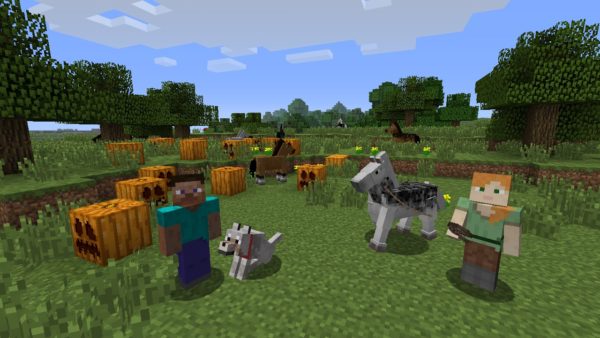
(Image: a clip from “MINECRAFT: Wii U EDITION” Nintendo website)
Aonuma:
My son plays it, too. I heard that “”MC” allows the player to create things freely. So I asked my son whether it was true, and his answer was, “I only get to make a house or something like that.” (laughs)
The biggest plus of “MC” is that it is open to everybody. When you start, you would say “Wow, this is really simple.” Then it gets complicated as you play along. As you go on, you want to try new things as well and you get absorbed. My son was very happy when he obtained the “Red Stone” and he tries different things as he realizes there are things that he can do on his own.
――I must say that “MC” gets unfolded from the very beginning. It doesn’t force you to do anything, but then you realize that you are developing land and building a house from the trees that you obtained from the land. You start digging a cave and soon you can’t wait to discover the underground world. The stream of consciousness continues so naturally.
Aonuma:
It is the same for “LOZ.” The player finds something that gives him all the different choices. That is the thing that we want the players to experience while playing games.
Fujisawa:
I think the important thing in “MC” is that there is no notion of “winning” the game. Games with the notion of “winning” see all the objects that the player encounters as some kind of obstacles to overcome, I might say.
Once “winning or clearing stage” becomes the goal of the game, everybody wants to take the short-cut to clear the objectives and do not want to be bothered with the experience. The feature of game for “MC” is the motto that says, “Enjoy the inconvenience.”
I want to ask a question. Does this version of “LOZ” have the notion of “winning or clearing stage”? I want to know what you think regarding the connection with the Open World.
Aonuma:
Well, we could not get rid of that ending. (laughs).
“The Legend of Zelda” effectively needed Princess Zelda and a plotline about her. Thus, we shared our ideas with the players who were interested in seeing how LOZ would evolve. In terms of the affinity with the Open World, we designed the story to be enjoyable even by random access.
Fujisawa:
So it means that the episodes are located in many places throughout the game?
Aonuma:
Does it? I guess so.(laughs)The story itself….is something that you have to see yourself when it is released.
But I can tell you this. There is no process that the players have to go on and on [through] before confronting the boss. So if the player wishes to fight with Ganondorf at the beginning, he can do it. Just, he will never win. (laughs)
Fujisawa:
That is so much freedom for the players.
![Talk: Latest Zelda’s making process & “Ocarina of Time” proposal disclosed[Nintendo Eiji Aonuma x SQEX Jin Fujisawa]_021](https://news.denfaminicogamer.jp/wp-content/uploads/2017/03/ISM_9340-1024x641.jpg)
Aonuma:
When you see an enemy who looks so strong you get intimidated, but at the same time, you are trying to figure out what to do with him. That is directly connected to the creativity of the player. If we make a weak enemy because we do not [want] to stress out the player, then we are just creating a weak boss who can’t do anything. The core concept of this game is to make the players think it is fun to keep trying, even though it is tough at first.
――So even though there is a notion of “clear the game,” you insisted on creating inconvenient factors that in fact turn out to be the fun elements.
Everything was going back to the starting point of the initial “LOZ.”
――Let’s take Bjorn in “Dragon Quest 5” as an example. The fact that it was possible to challenge it whenever and however often was very impressive. It was a big step up in the gaming industry. Even though you say it was going back to the starting point, I think it is a very daring title to take. When did you start discussing about creating the Open World game?
Aonuma:
Well, the idea itself, I had it when I joined “The Legend of Zelda: Ocarina of Time (LOZOOT)” as a staff member. When you play the 3D game from that period, you can’t help but think, ‘it would be nice to download the landscape without the loading time.
――Of course. The Open World is something that is behind that idea.
Aonuma:
So when I moved to the Game Cube department of Nintendo, I put everything aside and tried to make a sea by myself. I thought I could easily make it, by just putting a blue color on the screen, but I was able to put about 1/3 of the islands in the sea. I guess there were lots of limits that I didn’t know about. Then, when the memory for “The Legend of Zelda: Twilight Princess (LOZTP) ” got bigger, I tried again. But again, the memory got filled up so quickly, after putting in gimmicks and some enemies. The room itself was bigger, though.(laughs)
So after continually giving up and compromising, I got positive feedback when I went to the Wii U. It was a process of going through the trial and giving-up repeatedly.
![Talk: Latest Zelda’s making process & “Ocarina of Time” proposal disclosed[Nintendo Eiji Aonuma x SQEX Jin Fujisawa]_022](https://news.denfaminicogamer.jp/wp-content/uploads/2017/03/ISM_9499-1024x688.jpg) |
Fujisawa:
In a way, it is an outcome of your devotion.
Aonuma:
In the beginning, some programmers who had issues with the initial “LOZ” had made suggestions for the new game. Then I would say, “Do you know how hard it is to make that happen?” (laughs)
――Yes, Mr. Aonuma knows better. He knows which one would work.
Aonuma:
But we made a fresh resolution and decided to go for it.?When I look back now, the initial “LOZ” that Mr. Miyamoto made has the so-called “Zelda Scroll.” In other words, you get rid of the loading section and make the players feel like they are exploring a wide world. If you think about it, the beginning of this Open Air started with the initial “LOZ.”
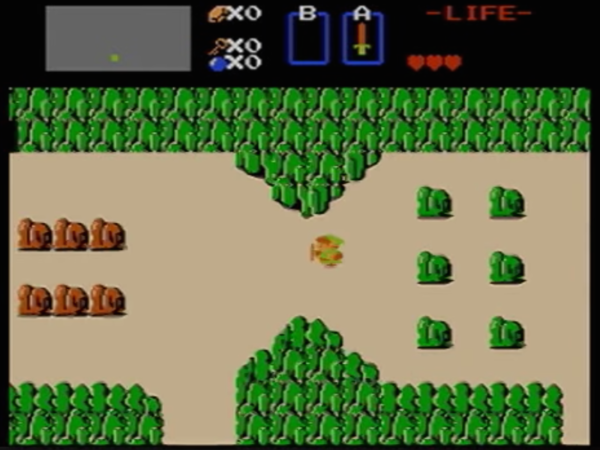
(Image: clips from Nintendo 3DS version “The Legend of Zelda 1” being played)
Actually, when we decided to make a new “Zelda” in wide open space, there were some people who said, “Wasn’t the initial Zelda like that?” So the 2D game that we just talked about was actually built on the initial Zelda, with additional elements of Physics.
――Oh, it works like that!
Aonuma:
Further, this time, we actually walked around the open space and went through trial and error to make the game. Honestly, there are not many differences from the game development environment that Mr. Miyamoto made the initial “LOZ” in. Because back then, we could not state what kind of atmosphere we wanted for a room, even in the development specifications.
Fujisawa:
No, we couldn’t. Nobody knew what the right answer was back then.(laughs)
Aonuma:
Yes. So, when Mr. Miyamoto was making the initial “LOZ,” he made a space on the graph paper and then filled it up when he had good ideas. In a way, he was playing with his own idea and developed his ideas spontaneously as he came up with ideas, such as “it would be fun to have enemies here,” or “we need to get rid of this thing.”
This is actually the same kind of method that we used to make a borderless world. It was not intentional, but as we were facing a game that starts in the open world, I think we went back to the old method that Mr. Miyamoto used for the initial “LOZ.”
![Talk: Latest Zelda’s making process & “Ocarina of Time” proposal disclosed[Nintendo Eiji Aonuma x SQEX Jin Fujisawa]_023](https://news.denfaminicogamer.jp/wp-content/uploads/2017/03/ISM_93841-1024x688.jpg) |


